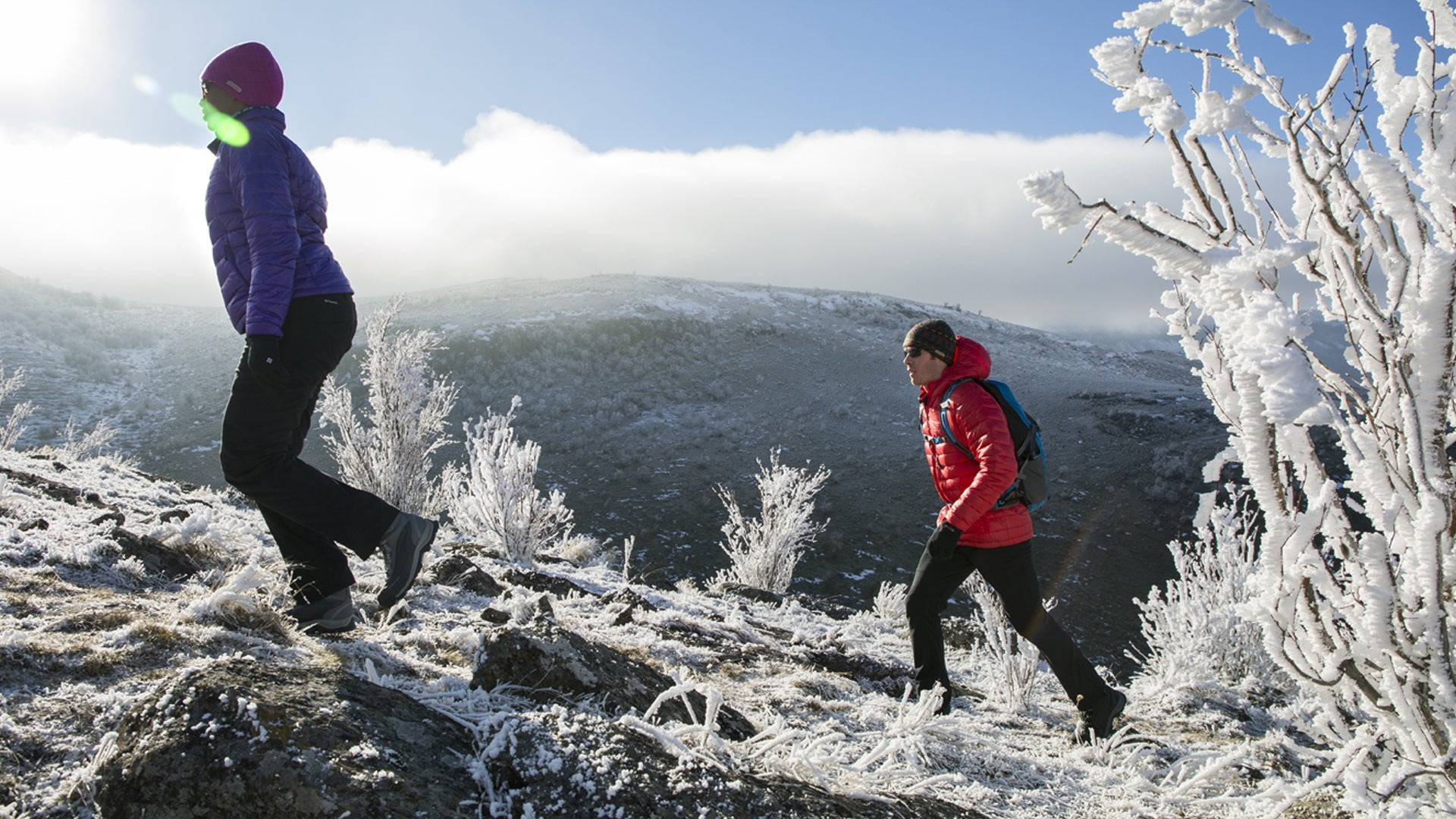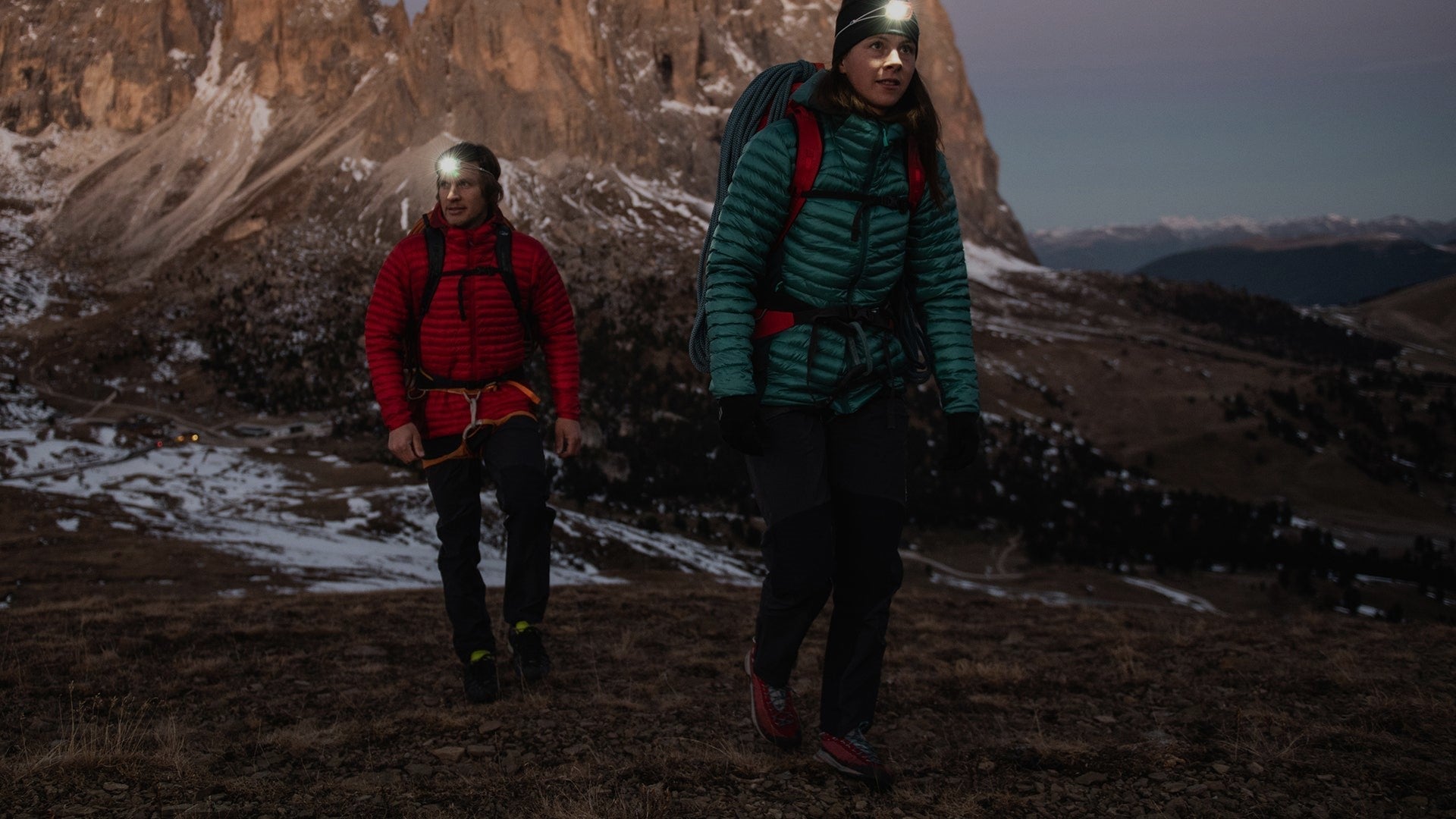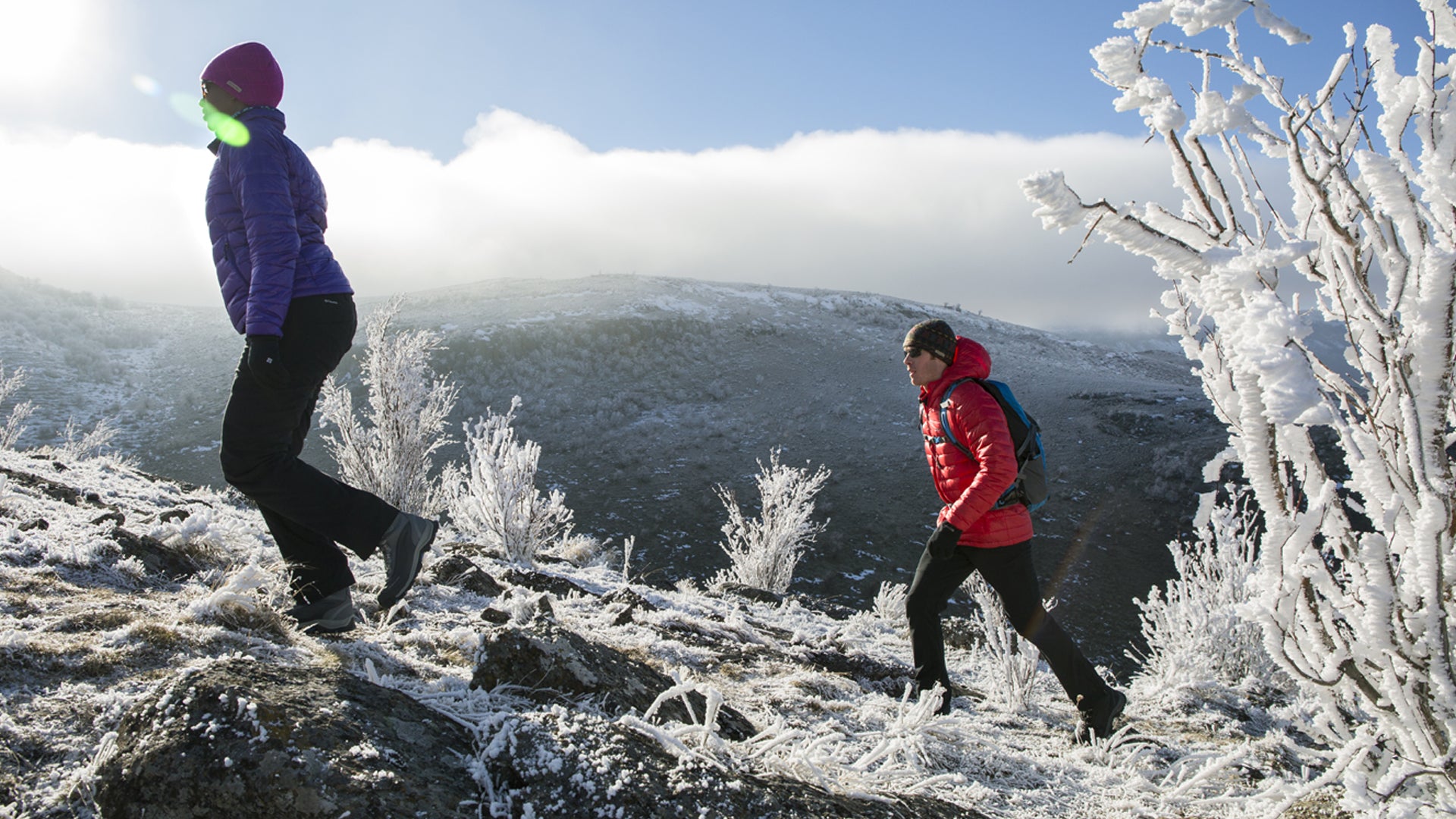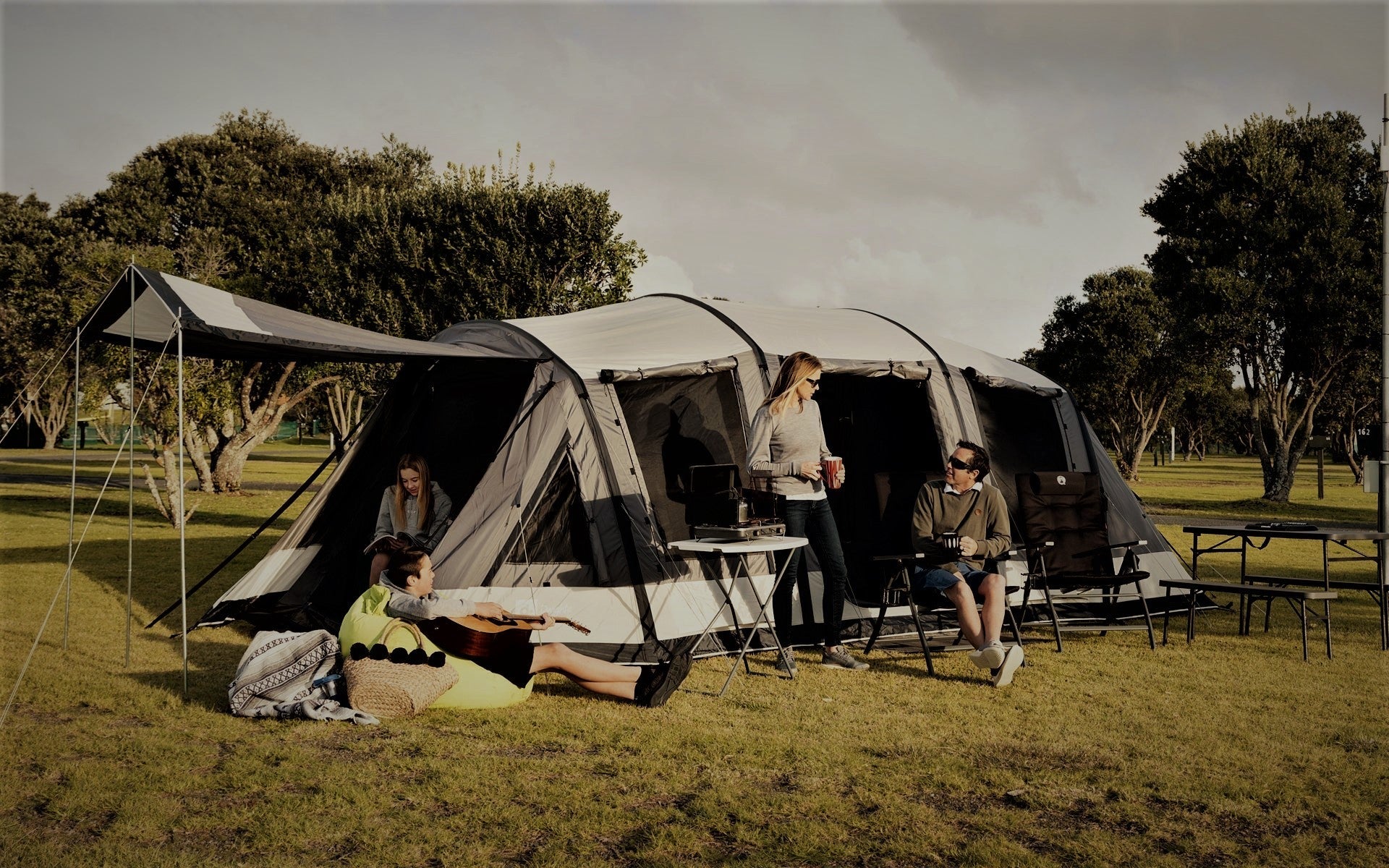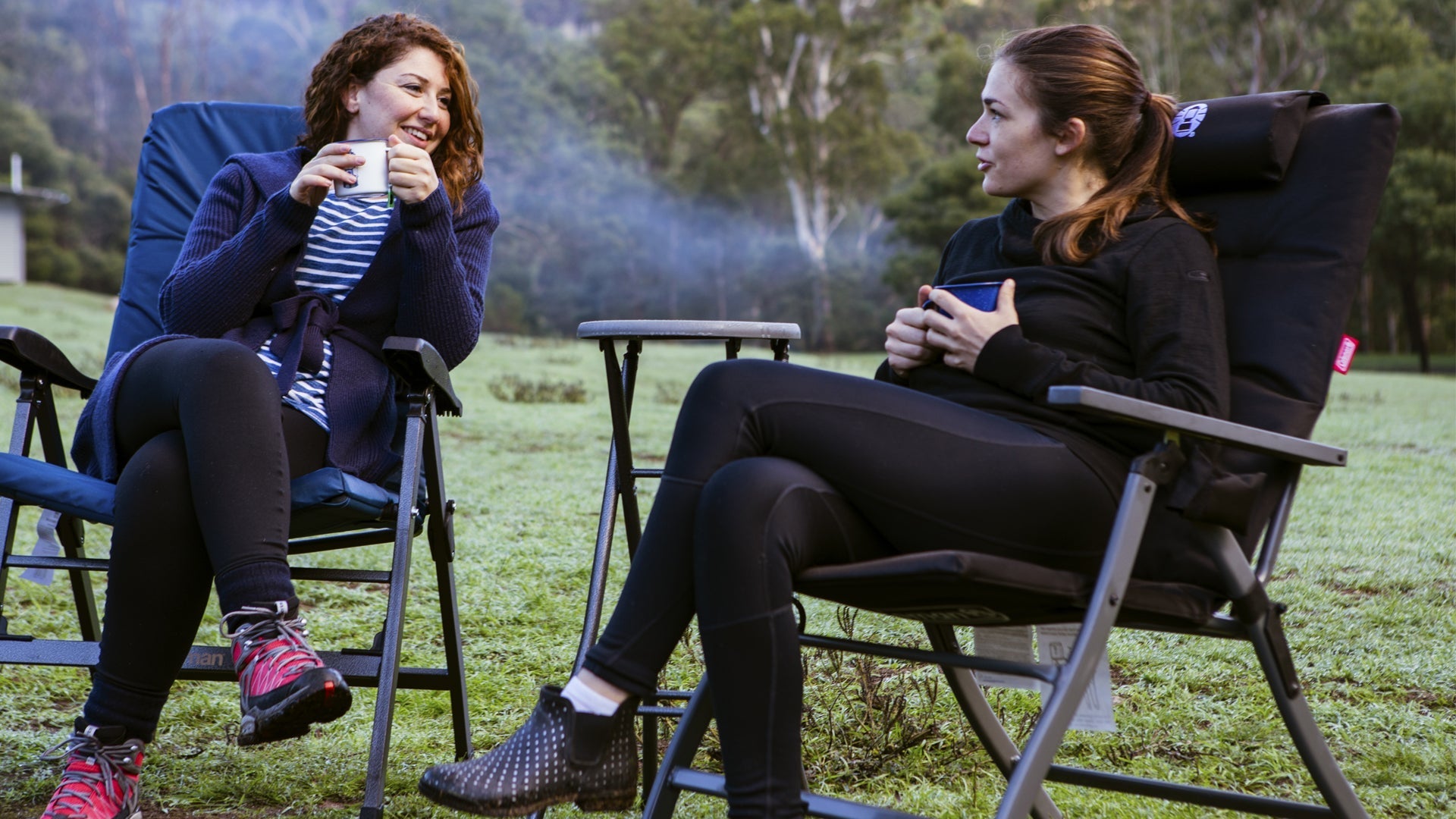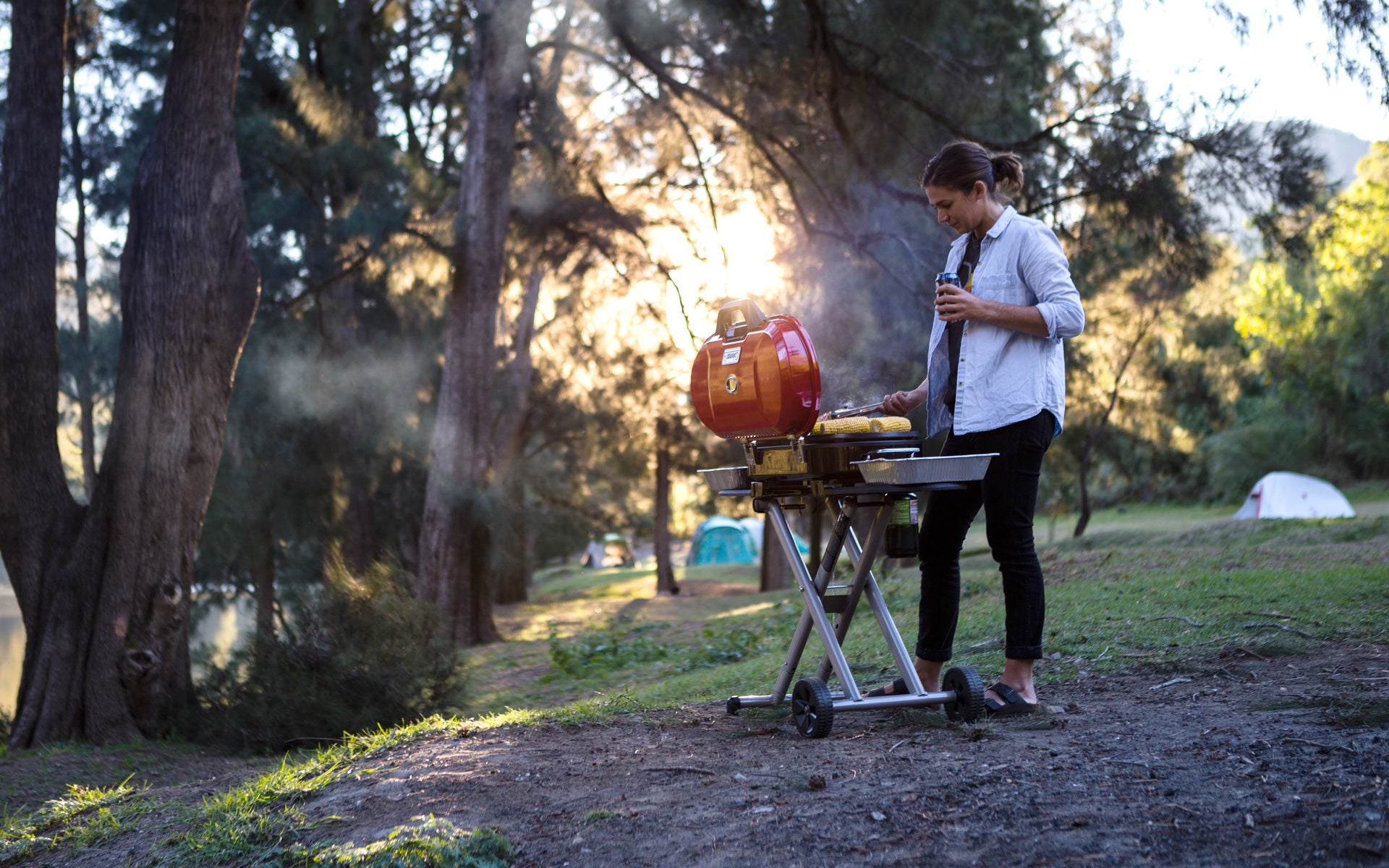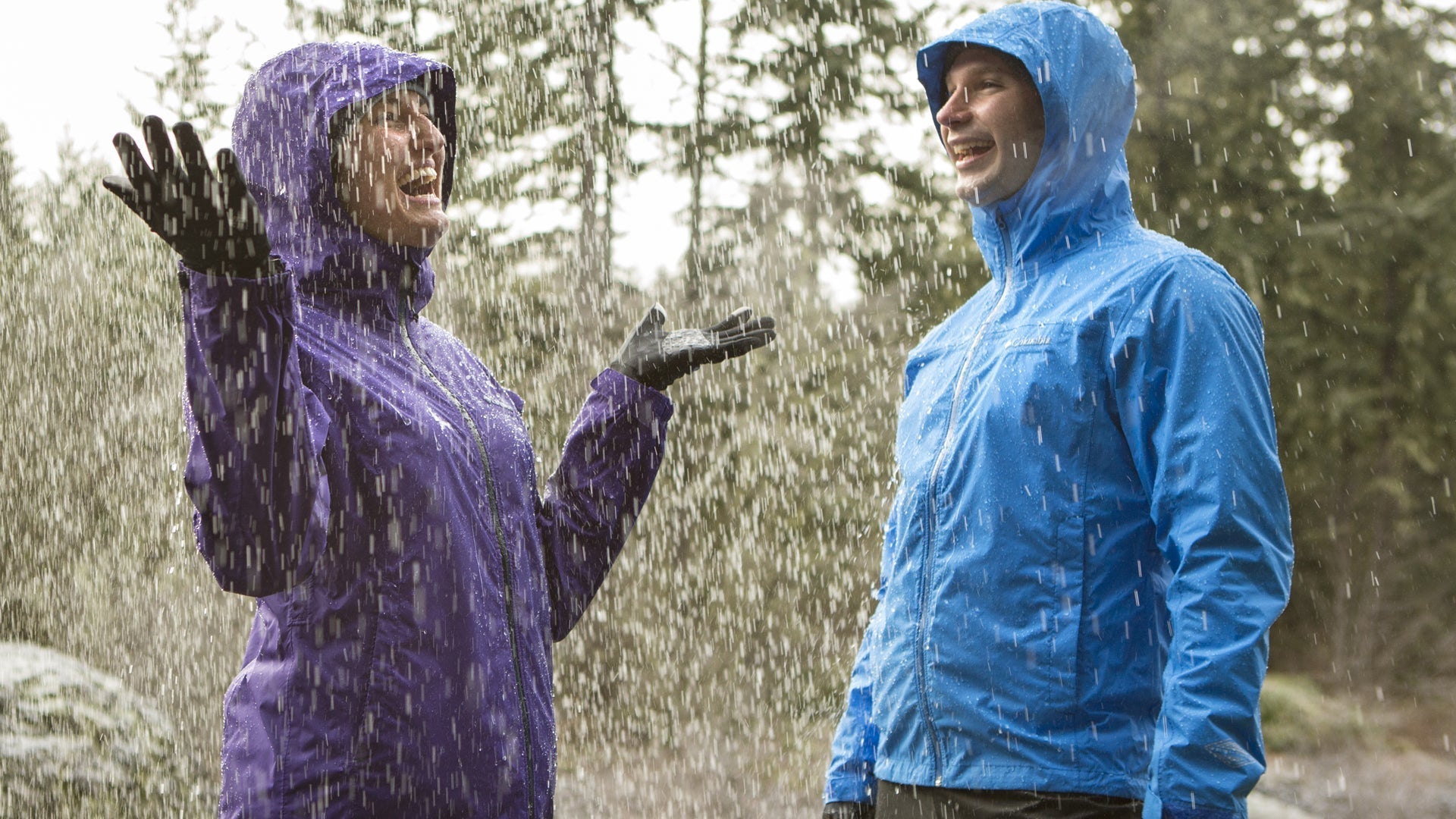Caring for your Dwights tent
Your new Dwights tent has been made using the best materials available. Each tent has been carefully designed and made to provide exceptional service to you, using only the best possible techniques, machinery and workmanship available. Follow these care instructions and your tent will give you many years of great service.
Warning
All tents need to be firmly secured to the ground to reduce tent damage from winds. Ensure all available peg points are used and firmly secured. Use all guy rope attachment points provided. In wet weather, close or peg down the window flaps and awnings to avoid water pools forming. Water pools can stretch the materials and if allowed to continue may collapse and damage the tent. Keep all flame and heat sources away from this tent fabric. The fabric is resistant to flame however is not fireproof and will burn if in continuous contact with flame. Do not use open flames, or COOK INSIDE your tent. Cooking inside can cause mould to form on fabric.
At Home
Set up your new Dwights tent at home before your camping trip to check it is complete. For canvas tents - Spray your tent with water to test the seams. Some moisture may appear at the seams, which should cease as the seams tighten. All tents can leak through stitching holes and no tent can be guaranteed 100% waterproof. Quality treatments have been used to proof your tent to resist water, however all fabrics reach a level of saturation at some point. Certain conditions such as strong winds and driving rains can sometimes cause unavoidable leakage. To reduce the chances of leaks, avoid prolonged contact of any object against your tent. Never overstretch your tent, as too much tension may cause the seams to open. If leaks occur, apply a quality seam sealer available from your local camping store.
Condensation
Under certain conditions such as cold weather and high humidity, condensation may form on the inside surfaces of your tent. It is caused by water vapour that cannot escape from the tent. Sources are your breath, perspiration, wet clothing inside the tent, it is NOT LEAKAGE through the tent fabric. To reduce condensation, provide as much ventilation through the tent as possible and remove the sources of moisture from the tent. Do not cook inside.
Peg Removal
NEVER pull the tent pegs from the ground by pulling on the tent material or peg loops. YOU WILL TEAR YOUR TENT. Use another tent peg to lift the peg out of the ground.
Fabric Care
Tents are not designed or warranted for semi or permanent accommodation. They are intended for short holiday use only. Prolonged exposure in direct sunlight will shorten the life of the material. Avoid spraying your tent with insecticides or using hairsprays inside etc, as some sprays contain chemicals, which destroy your tents waterproof coatings. Keep your tent clean using water and a mild soap if necessary. Never use washing detergents or bleach.
Packing your tent away
Pack your tent away in the exact reverse order to setting it up. The poles of the tent are removed before pegs are taken out and gradually the tent is lowered down to ground level. Close zippers to windows and doors. Remove the pegs and fold the tent neatly to fit into the carry bag. Roll the tent up and wipe off any dirt to keep your tent clean and dry. Avoid packing pegs or poles with the tent as this may cause damage to the fabric. Never leave a wet tent packed in its bag for any longer than 24 hours. Mildew can develop in wet tents if they are stored wet. Symptoms of mildew are a musty smell and black spot stains. Should mildew occur, address it immediately by airing the tent, and cleaning it with water and soap. If this does not remove the mildew, contact your camping store immediately for advice. Always store your tent in a cool, dry, and well-ventilated location to avoid moisture getting in to your tent.
Zippers
All zippers are self-repairing zippers. For minor separations, run the zip past the trouble spot and re-run the zip again to repair itself. To reduce strain on the zipper, always use two hands when pulling on the zip slide. Zippers may be damaged if they are placed under excess stress. Ensure zips are washed dried carefully is exposed to salty conditions before packing away.
Floor
The floor of your tent has the greatest exposure to wear and tear. It is important to clear the area of rocks and sticks before pitching your tent. Placing a groundsheet under the floor can also protect your tent and extend its life. If a groundsheet is used it needs to be tucked in well inside from the walls of the tent to ensure water does not run down the tent walls and get trapped between the groundsheet and floor. Placing a mat or some carpet inside the tent to help reduce wear and tear on the main traffic areas can also extend the life of the tent floor.




